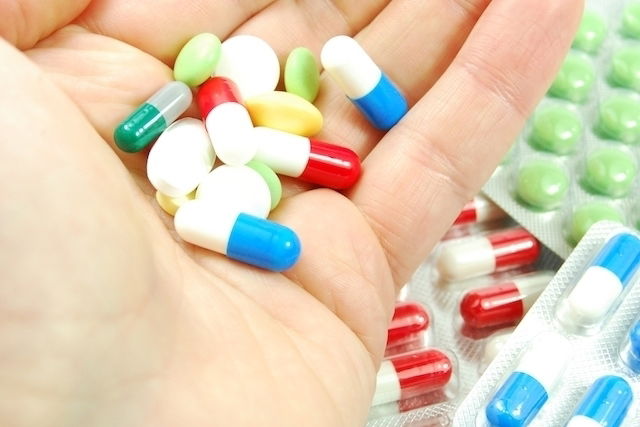Patients that receive PEG feeding is going to have a PEG tube also known as a gastrostomy tube inserted directly into their stomach. The tube allows all food, fluids and medications to pass into the digestive tract. As a PEG tube goes directly into the stomach it can be used for people who have difficulty swallowing food or liquids medication training for carers. It may also be used if there is a risk of'aspirating' on foods that is when foods'go the wrong way' and may wind up in the patient's lungs causing problems. PEG feeding enables people to receive all of the crucial nutrients, maintain a healthy weight and improve overall wellbeing and quality of life medication training for carers. It can sometimes be used when individuals are unable to take in adequate nutrition themselves, e.g. if someone has severe anorexia. Though PEG feeding was originally developed for children, it is now commonly used for both adults and children of all ages. The decision to fit a PEG tube will always be made on an individual basis following discussions with the individual and the multi-disciplinary team. When someone only needs temporary enteral tube feeding it's sometimes possible to pass a thin tube through the nose to the stomach. However, if the individual requires longer-term enteral feeding, PEG feeding may be considered. Are you looking about medication administration training? Check out the before described website.

The PEG tube is often more comfortable and is relatively straightforward to care for and handle at home. Many people choose a PEG tube as they are a discreet alternative, which can be easily hidden under clothes. On the day of the procedure, patients should not eat for six hours and will have to quit drinking clear fluids two hours before the procedure. In most hospitals, when the patient arrives on the ward a cannula or small needle will be placed in the hand or arm, before being moved through to a dedicated Endoscopy Unit. The procedure does not require a general anesthetic, even though some patients may be given a sedative medication training for carers. A mouth guide will be positioned in the patient's mouth, and the endoscope then passes through the mouth into the stomach. During the procedure, suction equipment is used to remove saliva and other secretions from the throat. An antiseptic solution and local anesthetic will be applied to the individual's stomach. The tube is then placed into the stomach with an exit made through the abdominal wall. A little plastic disc on both the inside and out stops the tube from becoming dislodged, with the whole procedure usually taking between 20-30 minutes. Normally, patients can get their first feed after approximately four hours. Nurses or specially trained healthcare assistants will use a syringe or an electronic equipment to administer food, fluids and drugs.
A qualified dietician will work with the healthcare team to establish the correct diet for each individual patient, as everybody will have varying nutritional requirements. It may take a few weeks for the site to initially heal. It's essential that all staff know how to care for the insertion site and keep it clean. During the surgery, there are dangers associated with making a hole in the gut and passing the endoscope through, which could cause an operation. The procedure is considered to be safe with significant complications only seen in rare cases medication training for carers. The complications range from breathing problems and bleeding to bowel perforation and inflammation within the gut. There's a potential for discomfort if the food is not administered carefully as it can lead to pain, nausea and disease. The most frequent examples of complications during PEG feeding are the skin around the tube region beginning to swell. If you're caring for a patient with a PEG tube you need to pay meticulous attention to hand hygiene and other aspects of infection control. Wash your hands carefully and always wear gloves and an apron, when administering the food or carrying out a job which involves touching the tube. The tube and the surrounding area has to be cleaned daily with soap and water and thoroughly dried. The tube should also be flushed before and after every enteral tube feeding, to decrease the risk of blockages or infections developing. Food that is administered via a PEG tube is classed as prescribed medication, so it requires adequate professional training. A PEG training class will provide you with the skills and knowledge required to provide safe and comfortable care for patients with a PE tube. It's likely that a training class will involve a practical session, which will introduce participants to various equipment required. This will be encouraged through knowledge-based learning, which will cover topics such as identifying complications, care and maintenance of the PEG site and the procedures required for effective mouth care.
No comments:
Post a Comment